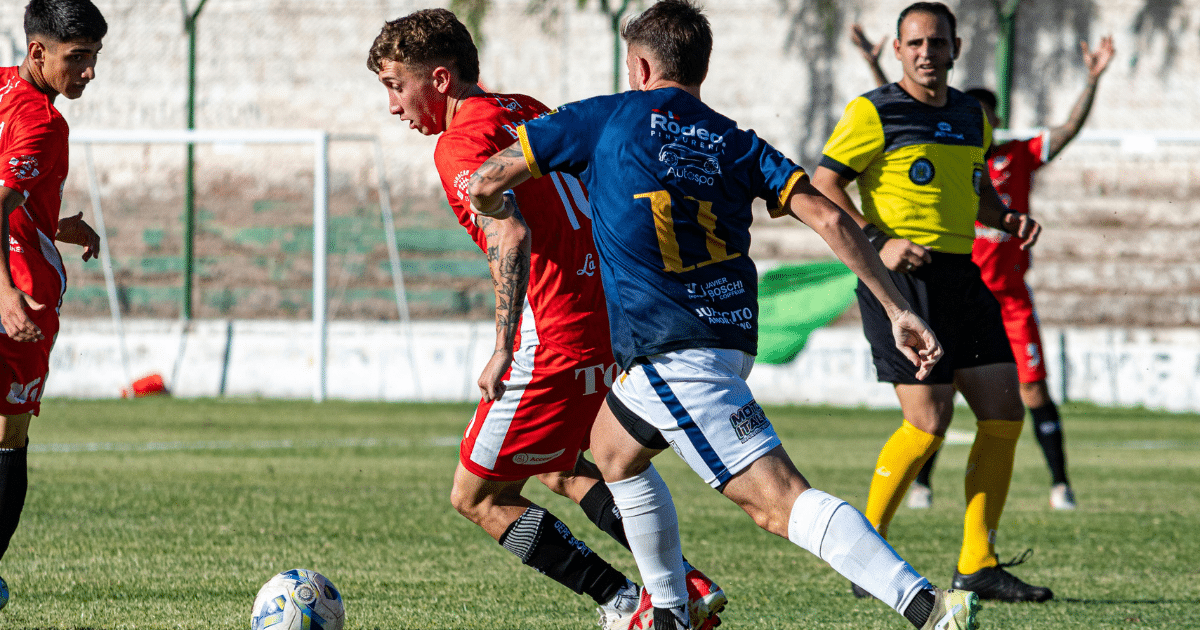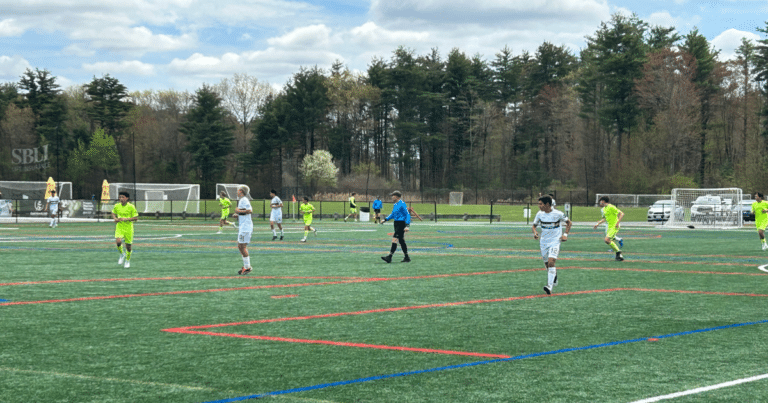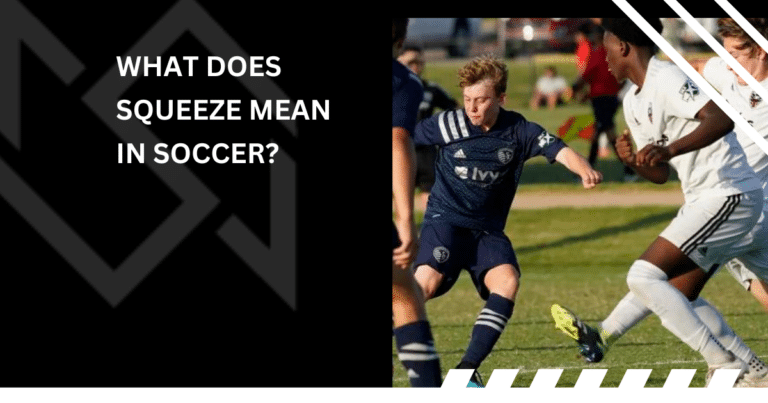Advantage Rule: Flow Must Go On

The advantage rule in soccer allows play to continue after a foul if the fouled team is in a better position than they would be if play stopped, preserving attacking opportunities and game flow.
TL;DR:
What Exactly Is the Advantage Rule?
When a soccer player gets fouled but their team maintains possession in a promising attacking position, you might hear fans wondering why the referee didn’t blow the whistle. That’s the advantage rule at work – a provision allowing referees to let play continue after a foul when stopping would actually penalize the fouled team.
Think of it this way: if stopping play would take away a team’s chance to score, the referee can “play advantage” and allow the attack to develop. However, if the anticipated advantage doesn’t materialize within a few seconds, the referee can still award the original free kick.
How Referees Apply Advantage
FIFA’s official guidelines instruct referees to consider several factors when deciding whether to apply advantage:
- The severity of the offense (serious fouls warranting red cards may override advantage)
- Position on the field (fouls closer to the opponent’s goal often favor advantage)
- Likelihood of an immediate, promising attack
- The overall match atmosphere
Referees indicate advantage by extending an arm forward in the direction of the attack while verbally signaling “play on” or “advantage.” This discretionary power requires quick judgment in fast-moving situations.
Benefits That Keep the Beautiful Game Beautiful
Maintaining Momentum and Flow
In my opinion, the advantage rule is one of soccer’s most brilliant provisions. Without it, defenders could cynically disrupt attacks knowing a whistle would stop promising play.
The rule prevents teams from benefiting from their own fouls and maintains the natural rhythm of the game.
Creating More Scoring Opportunities
By allowing play to continue after fouls, the advantage rule preserves attacking sequences that might lead to goals. This makes for a more dynamic, exciting experience for players and spectators alike.
Promoting Fair Play
The advantage rule encourages teams to “play through” minor contact rather than looking for fouls, fostering a more continuous and less interrupted style of play. It rewards teams who maintain composure and continue attacking despite being fouled.
The Challenge of Consistency
The subjective nature of advantage decisions can lead to inconsistent application between different referees or even within the same match. Youth-level referees particularly may struggle with the split-second decisions required.
I believe this subjectivity is the rule’s greatest weakness – what one referee sees as a clear advantage, another might view as insufficient. This inconsistency can frustrate players, coaches, and fans who may disagree with a referee’s interpretation.
Why Advantage Matters
The advantage rule exemplifies soccer’s emphasis on flowing, continuous play. It balances the need to penalize fouls with maintaining exciting, attacking football. When properly applied, it creates a fairer contest that rewards skill and creativity rather than defensive cynicism.
For attackers, the rule provides the chance to continue promising plays. For defenders, it removes the incentive to commit “tactical fouls” simply to stop attacks. And for spectators, it delivers the uninterrupted action that makes soccer the beautiful game.

Written By: SoccerNovo
SoccerNovo is an independent youth soccer media brand built to help parents, players, and coaches better understand the game and the pathways available in U.S. soccer. Our mission is to make youth soccer simpler, clearer, and more accessible for everyone involved in it.
Let’s connect





